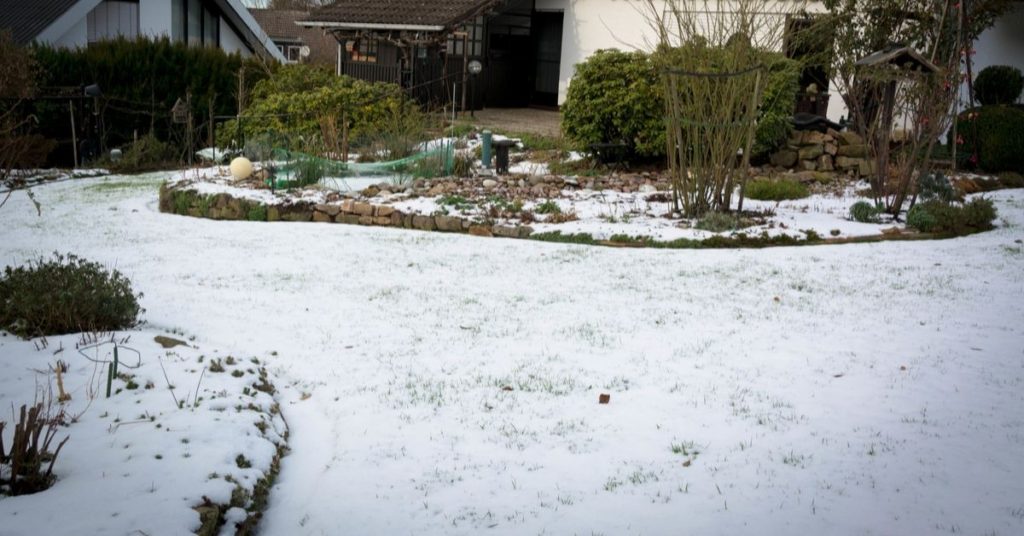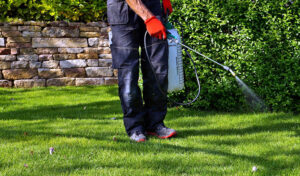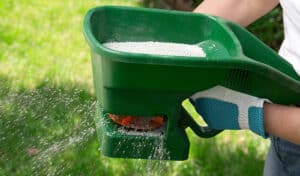Should You Water Your Lawn in the Winter?
No matter the season or temperature outside, grass needs water. However, the amount and frequency of your watering may change from season to season. Before the freezing temperatures hit, be sure that your lawn is healthy. Water well before winter to protect your lawn from frost damage. In the winter, plants will send their nutrients to their roots—helping them to grow deeper roots but also causing them to look dormant. When your lawn has become dormant, the roots can still use water during the winter.
If you live in a climate (like Utah) that has rainfall or snowfall through the winter—that should provide enough moisture to keep your grass healthy until warmer weather arrives. Be sure to store your hoses, sprinklers, and mowers in the
If you live in a climate that remains warm through the winter, you will need to continue to water your grass. Warm climates that stay over 40 degrees are unlikely to freeze will need more attention through the winter. Whether you have cold or warm weather grass will also make a big difference in the required maintenance.
How to Water Your Lawn Through the Winter
Though the amount of water your lawn will need will differ based on the type of grass you’re growing, a good rule of thumb is to water your lawn with at least 1-1.5 inches of water a week—including through the winter. This can be achieved by watering generously two to three times a week. You can test the moisture level in your lawn with a simple household tool. If you cannot press a 6” screwdriver into your lawn, it is not hydrated enough. You should be able to feel the moisture in your soil several inches deep.
Heat will dry up water, meaning your lawn will need more water through the summer and warm weather. In the winter, when temperatures drop below freezing, your lawn will likely become dormant. When grass is dormant, it will not need to be cut.
What is Dormant Grass?
Dormant grass means that it will turn brown, but the roots will continue to be strong. Dormant grass will turn green and grow again in the right climate. However, in some cases, it may seem like your lawn is dormant when it is dead. Dormant grass and dead grass may look similar to the naked eye, but they are very different. Dormancy is normal and even healthy, whereas dead grass is not revivable.
No matter your lawn care needs, the experts at Summit Lawn can help. We offer lawn care and landscaping that will have your lawn flourishing through the winter and for years to come. Contact us today to learn more about what services we offer.







